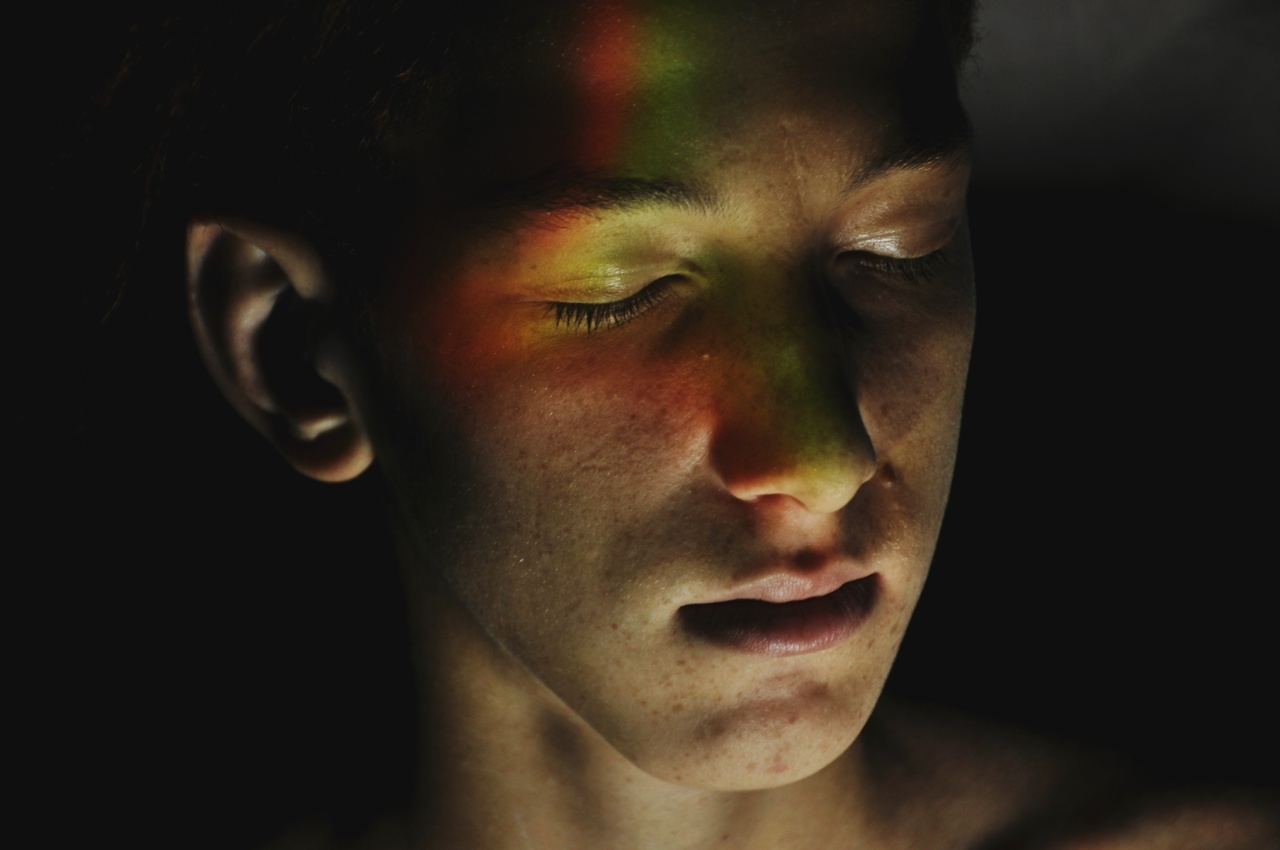Exposure to the sun’s rays is essential for obtaining vitamin D, but overexposure can lead to sunburn, skin damage, and skin cancer.
The sun’s radiation is made up of different types of rays, including ultraviolet (UV) rays, visible light, and infrared (IR) radiation. Out of the three types of radiation, it’s the UV rays that cause the most damage to the skin.
The Types of UV rays
There are three types of UV rays, namely UVA, UVB, and UVC. UVC rays are the most damaging but are absorbed by the ozone layer and do not reach the earth’s surface.
UVB rays cause sunburn and skin damage while UVA rays penetrate deep into the skin and lead to wrinkles and aging.
Sunburn: The Skin’s Protective Response
Sunburn is a painful and visible sign of damage to the skin caused by UV radiation. It occurs when the skin cells are excessively exposed to UVB radiation.
The skin reddens as a result of the dilation of blood vessels, and the immune system responds by releasing inflammatory molecules, causing pain and swelling. Sunburn can cause long-term damage to the skin, including premature aging and a greater risk of skin cancer.
UV Radiation: A Cause of Skin Cancer
Overexposure to UV radiation is a major risk factor for skin cancer. Both melanoma and non-melanoma types of skin cancer are associated with UV exposure. Non-melanoma skin cancers typically appear on sun-exposed areas of the head, neck, and arms.
Melanoma, on the other hand, is a more dangerous type of cancer that can metastasize and spread to other parts of the body.
Skin Damage: Photoaging and Hyperpigmentation
UV radiation has been implicated in causing premature skin aging, a process known as photoaging. It can also lead to hyperpigmentation, a common skin condition characterized by areas of darker skin.
Hyperpigmentation can result from excessive sun exposure, and it’s more common in people with darker skin tones.
Protecting the Skin from Solar Radiation
It’s important to protect the skin from UV radiation and minimize the risk of skin damage and cancer. The following are some measures that can be taken:.
1. Use Sunscreen
Sunscreen is the most common form of protection against UV radiation. When choosing a sunscreen, it’s essential to consider the following factors:.
- SPF (Sun Protection Factor) rating: A higher SPF rating provides more protection.
- Broad-spectrum coverage: Choose a sunscreen that offers protection against both UVA and UVB rays.
- Water-resistant: A water-resistant sunscreen will provide better protection while swimming or sweating.
2. Seek Shade
Avoiding direct sunlight can minimize the risk of skin damage. Use a hat, umbrella, or seek shade whenever possible.
3. Wear Protective Clothing
Wearing protective clothing such as long-sleeved shirts and pants can provide additional protection against UV radiation.
4. Avoid Tanning Beds
Tanning beds can emit high levels of UV radiation and increase the risk of skin cancer. It’s best to avoid them completely.
Conclusion
Solar radiation can have significant effects on the skin, from sunburn and skin damage to premature aging and skin cancer.
Fortunately, there are simple measures that can be taken to protect the skin, such as wearing sunscreen, seeking shade, and avoiding tanning beds. Protecting your skin today can prevent skin damage and the risk of skin cancer in the long term.





























